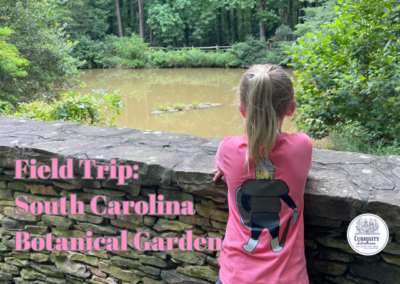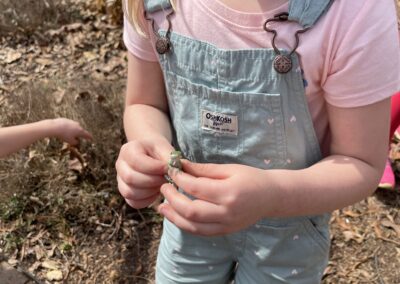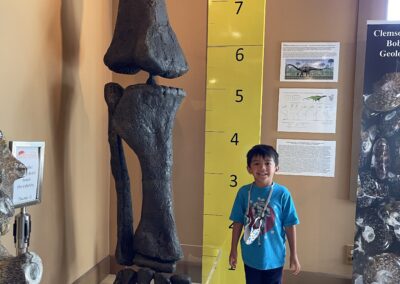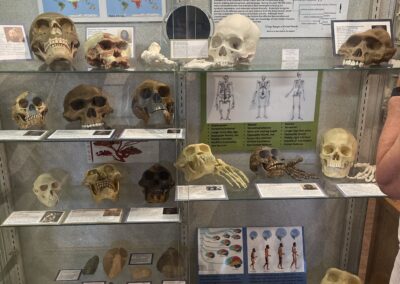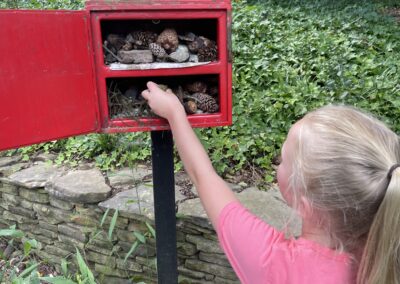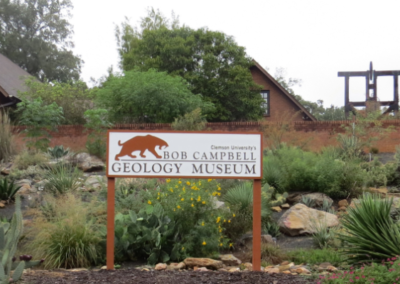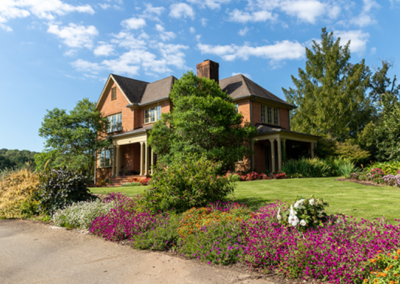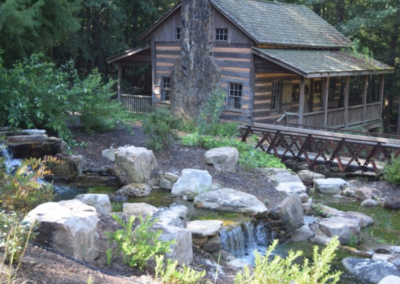We are lucky to have Clemson University close to us because they offer wonderful science summer camps, as well as science labs for homeschoolers throughout the school year. But it’s not close enough that we can drive home after we drop the boys off, so we spend a lot of time at Clemson’s South Carolina Botanical Garden and the Bob Campbell Geology Museum.
Searching for turtles, feeding the geese, and learning the names of flowers are some of our favorite ways to spend time there. We use the seek app to help us identify plants, flowers, and trees, and record what we find in nature journals.
There are several different types of gardens are featured throughout the Botanical Gardens, including a pollinator garden, an aquatic garden, conifer, desert, heritage, which leads to conversations about how the climate and environment needs to change to grow different plants such as moss, cactus, hibiscus, and aquatic plants.
With a children’s garden, vegetable garden, and a butterfly garden, this is a great place to observe many kinds of pollinators.
There is also an old caboose, a duck pond, and a monument to the Clemson military school.
The botanical gardens were built on what used to be an Appalachian family farm, and there are signs along some of the trails in remembrance of the family who lived there. Hunt cabin, an 1835 cabin built by enslaved people for the Hunt family was moved to the area in the 1960s. This tiny cabin was once home for the 14-member family.
The Bob Campbell Geology Museum has gemstones, fossils, skulls, bones such as a brontosaurus foot, a cave bear skull, and Dash’s favorite: a dodo bird skeleton. Outside the museum is a desert garden and Jurassic Garden featuring plants that have been around for billions of years.
There’s so much to learn and explore at the SCBG, but it’s also a beautiful, peaceful place to walk with friends—which is our favorite way to be here.
